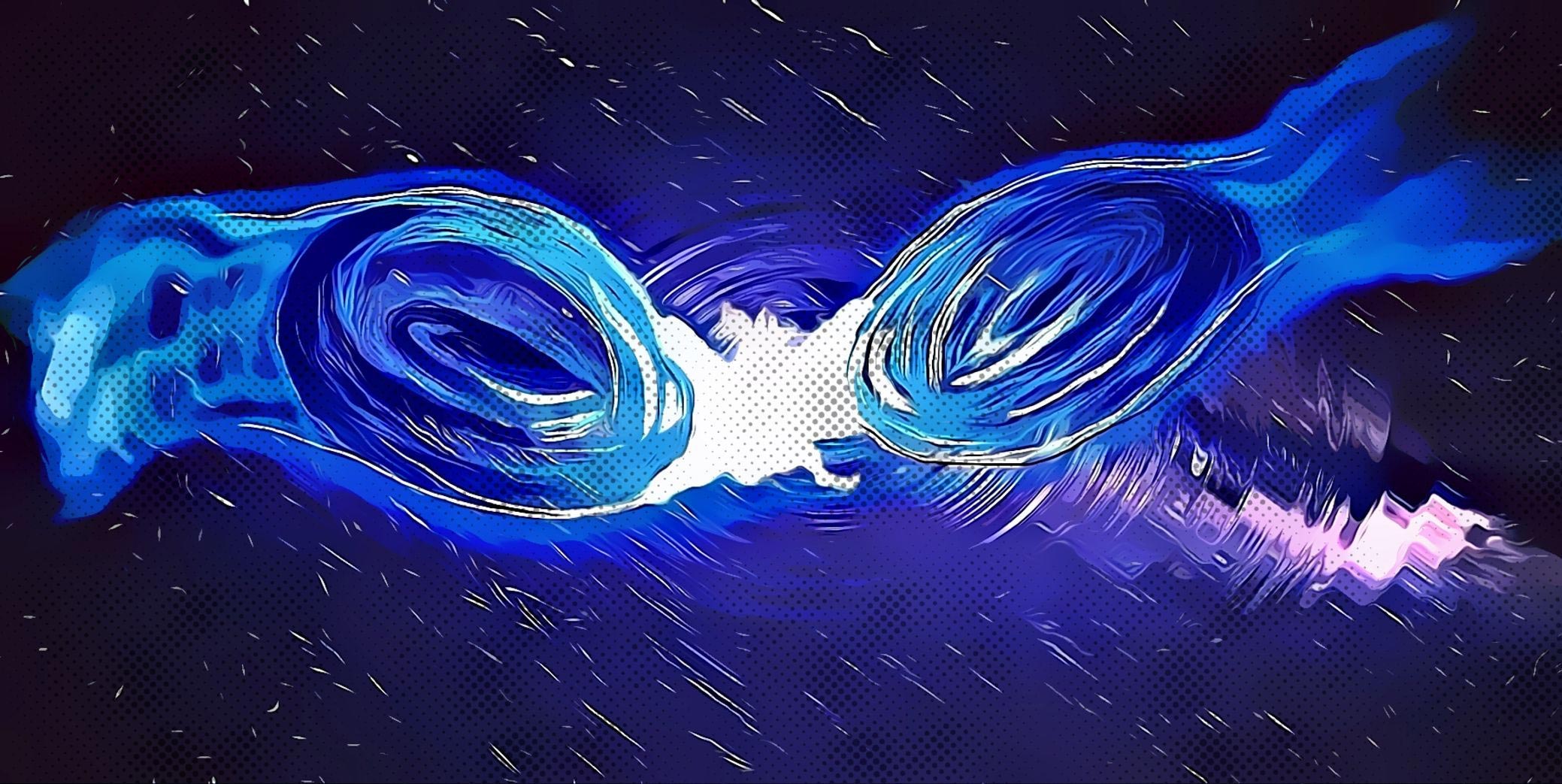
Within this interpretation, the team is able to estimate the mass of a new particle constituent of these stars, an ultra-light boson with a mass billions of times smaller than that of the electron.
Since 2015, the advanced detectors of the Laser Interferometer Gravitational Wave Observatory (LIGO) and Virgo have observed around 50 gravitational wave signals originated in the coalescence and merger of two of the most mysterious entities in the Universe — black holes and neutron stars.
According to the LVC analysis, in which the CUHK group led by Professor Tjonnie Li, Associate Professor of the Department of Physics at CUHK was deeply involved, the signal was consistent with the collision of two black holes of 85 and 66 times the mass of the Sun, which produced a final 142 solar mass black hole.
The latter was the first member ever found of a new black hole family — intermediate-mass black holes.
According to Professor Tjonnie Li, this discovery was of paramount importance because such black holes had been long considered the missing link between the stellar-mass black holes that form from the collapse of stars, and the supermassive black holes that hide in the center of almost every galaxy.
Nicolás Sanchis-Gual explained, “Boson stars are objects almost as compact as black holes but, unlike them, they do not have a ‘no return’ surface or event horizon.
When they collide, they form a boson star that can become unstable, eventually collapsing to a black hole, and producing a signal consistent with what LVC observed last year.
Unlike regular stars, which are made of what we commonly know as matter, boson stars are made up of ultra-light bosons.
Juan Calderón Bustillo said, “First, we would not be talking about colliding black holes anymore, which eliminates the issue of dealing with a forbidden black hole.
Professor Toni Font, from the University of Valencia and one of the co-authors, explained that even though the analysis tends to favour “by design” the merging black holes hypothesis, a boson star merger is actually slightly preferred by the data, although in a non-conclusive way.Despite the computational framework of the current boson star simulations being still fairly limited and subject to major improvements, the team will further develop a more evolved model and study similar gravitational wave observations under the boson star merger assumption.
According to another co-author, Professor Carlos Herdeiro from the University of Aveiro, the finding not only involves the first observation of boson stars, but also that of their building block, a new particle known as the ultra-light boson.Such ultra-light bosons have been proposed as the constituents of what we know as dark matter.
If it is confirmed by the subsequent analysis of GW190521 and other gravitational wave observations, the result would provide the first observational evidence for a long sought dark matter candidate.